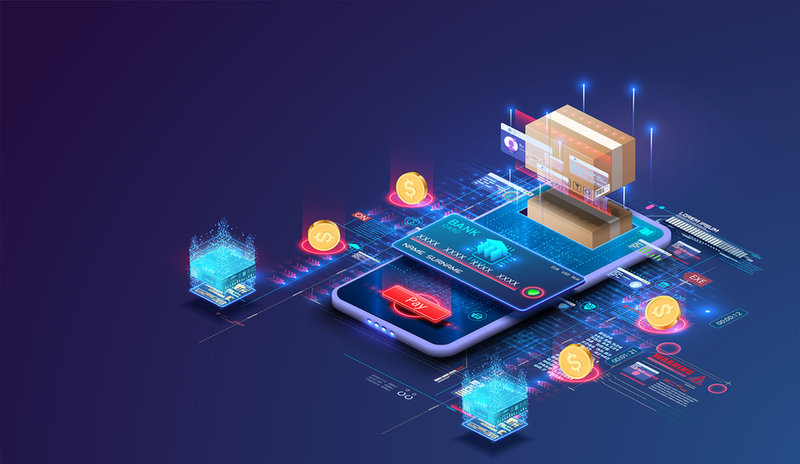Feature
IoT's impact on packaging design and aesthetics
The rise of IoT signals a packaging renaissance, turning it from a mere protective layer into a dynamic, visually captivating experience. By Oumar Fofana.

Credit: ZinetroN via Shutterstock
In the dynamic world of packaging design, where first impressions matter, the marriage of technology and aesthetics is reshaping the industry.
Enter the Internet of Things (IoT), a transformative force that transcends the conventional boundaries of packaging, turning it into an artistic canvas where innovation and visual appeal coalesce.
This article explores how IoT is influencing packaging design, empowering brands to create visually stunning and memorable packaging that captivates consumers.
1. The fusion of form and function
Traditionally, packaging design focused primarily on functionality – ensuring the product's safety and convenience. With IoT in the picture, a new era unfolds, where form and function seamlessly converge.
Smart packaging, embedded with sensors and connected devices, not only protects the product but also communicates with the consumer in a visually engaging way.
This fusion allows designers to think beyond the utilitarian aspects, elevating packaging to a multi-sensory experience.
2. Interactive experiences unveiled
IoT-enabled packaging opens the door to interactive experiences that go beyond the physical confines of the box.
QR codes, NFC tags, and augmented reality (AR) elements on packaging invite consumers to engage in a dynamic and immersive experience.
Brands can now tell a story, share product information, or even offer exclusive content directly through the packaging, creating a connection with the consumer that extends beyond the point of purchase.
3. Personalisation: a design revolution
In the era of IoT, one-size-fits-all packaging is a thing of the past.
The technology allows for unprecedented levels of personalisation, enabling brands to tailor packaging to individual consumer preferences.
Smart algorithms and data analytics empower designers to create packaging that resonates with specific target demographics, fostering a sense of exclusivity and personal connection.
4. Visualising sustainability
Sustainability is a key concern in today's consumer landscape, and IoT plays a pivotal role in visualising a brand's commitment to eco-friendly practices.
Smart packaging can incorporate visual indicators of a product's environmental impact, such as carbon footprint or recyclability, fostering transparency and appealing to environmentally conscious consumers.
5. Dynamic packaging designs in retail spaces
In brick-and-mortar retail spaces, packaging isn't just a vessel for the product; it's an opportunity to grab attention on the shelves.
IoT-infused packaging can dynamically change its appearance or display information based on real-time data or consumer interactions.
This dynamic nature not only captures attention but also creates a sense of novelty, encouraging consumer engagement and exploration.
6. The marriage of traditional and digital artistry
In a world where digital and physical experiences are increasingly intertwined, packaging design finds itself at the intersection of traditional and digital artistry.
IoT allows designers to seamlessly blend traditional visual elements with digital enhancements, creating packaging that is not only visually striking but also technologically advanced.
7. Building brand loyalty through design
The visual appeal of packaging goes beyond attracting attention; it plays a crucial role in building lasting brand impressions. With IoT, brands can create packaging that becomes a memorable part of the overall product experience.
Whether through interactive features, personalised touches, or sustainability messaging, packaging design becomes a powerful tool in cultivating brand loyalty.
A new chapter in packaging design
As we venture into the era of IoT-driven packaging design, the possibilities are as limitless as the creative minds behind the brands.
The marriage of aesthetics and technology not only transforms packaging into a functional work of art but also establishes a deeper connection between consumers and the products they love.
In this dynamic landscape, where every package tells a story, the future of packaging design unfolds as an ever-evolving masterpiece, with IoT as the brushstroke that paints beyond the box.